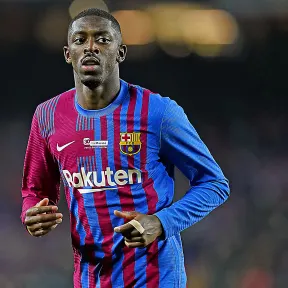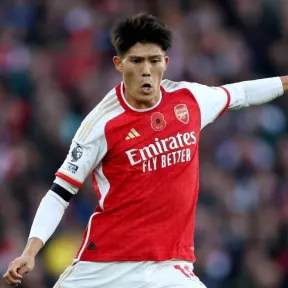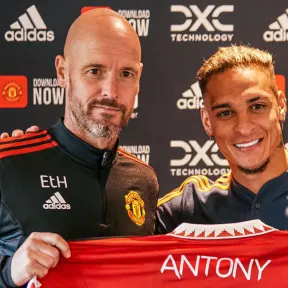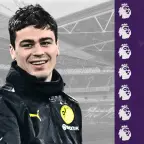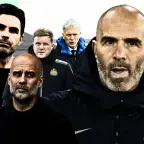How Man Utd can learn from Arsenal's transfer strategy
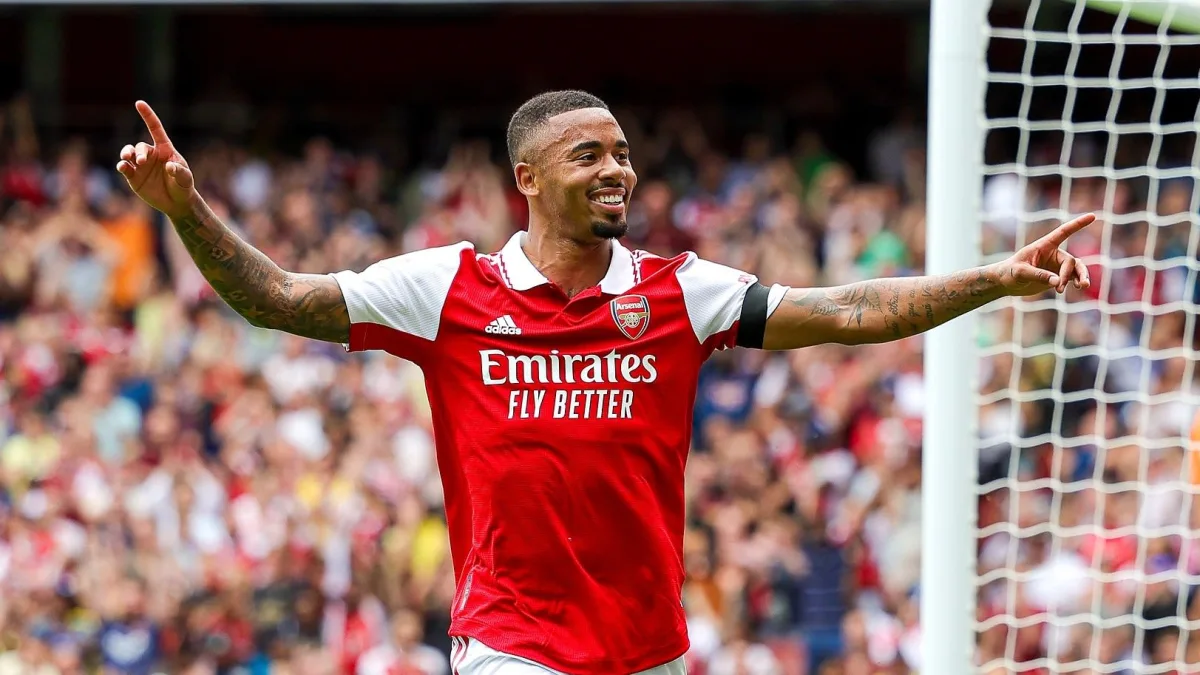
The mood at Arsenal and Manchester United could not be more contrasting right now.
While the Gunners bask in the glow of three consecutive Premier League victories and look down on the rest of the top flight from the table summit, their rivals are in disarray.
Reeling from another messy transfer window and a disastrous start to the season, United now face Liverpool in their bid to avoid a third straight defeat this term, following reverses at the hands of Brighton and Brentford.
It is a sorry state of affairs, and a nightmare for new boss Erik ten Hag as he looks to stop the rot. But perhaps it could all have been avoided with a more sensible approach to club administration - for example, that on display in north London.
For the challenges which Arsenal have faced in recent years are not so different for those met by the Red Devils. Like United post-Ferguson, they have had to replace a club legend on the bench, and life after Arsene Wenger has not always been particularly smooth or enjoyable for the Gunners faithful.
But Arsenal had one big advantage. It is easy to poke fun at some of their transfer missteps and the much-touted Sven Mislinstat proved a huge letdown during his brief tenure as head of recruitment, one which is still costing the club as they remove the last vestiges of his time in charge.
The plan, however, however, poorly implemented, has always been there, to build up from the bottom and add star power to that base. Now, they are reaping the benefits.
Just take a look at Mikel Arteta's first team which overpowered Bournemouth 3-0 on Saturday. The average age of that line-up was a mere 24, with Granit Xhaka and Thomas Partey the 'elder statesmen' at 29.
The foundations of that side, moreover, have been carefully lain over a period of four successive summers. The Gunners management identified top young talent such as Gabriel Martinelli, William Saliba, Gabriel, Ben White and Aaron Ramsdale and struck quickly to bring them in, while giving each promise time to adapt at the Emirates.
With that base in place, and even after a disappointing 2021-22 season, Arsenal did not have to panic. The final missing pieces of the puzzle, Gabriel Jesus and Oleksandr Zinchenko, were picked up right at the start of the transfer window and plugged straight in to a settled, functioning team.
The results of that approach are clear so far: three wins, nine goals scored with only two conceded, and hope that even if the title ultimately proves too stiff a challenge against the likes of Liverpool and Manchester City Champions League football at the very least may be returning to the club.
Proactive vs Reactive
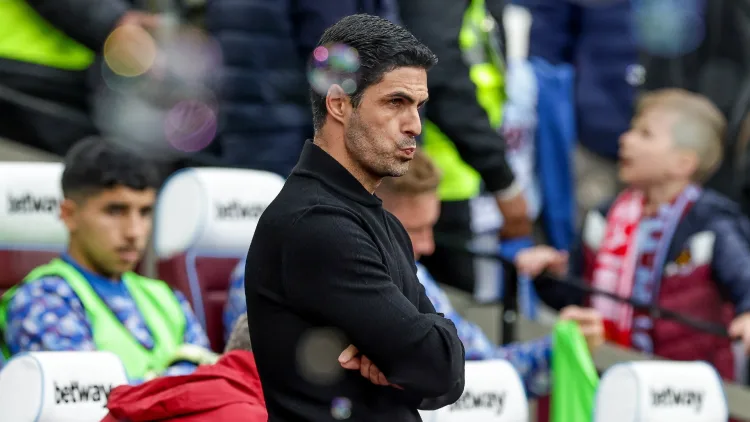
Arsenal's proactive approach stands out in particular next to United's stunningly reactive transfer policy. Two of their four new signings this summer are over the age of 30, while Willian's ill-fated free transfer back in 2020 was the last time the Gunners broke that barrier - and you would imagine they are in no hurry to do so again.
This is not a story of the plucky underdog showing its millionaire rival how to operate. Arsenal, like United have spent tens, even hundreds of millions in fees to assemble this squad, and will keep spending if deemed necessary to help them compete at the top.
But the how is just as important as the how much. While United are still in desperate need of rebuilding despite splashing huge amounts of cash on their squad, Mikel Arteta has in place a team which, injuries and drops in form allowing, can lead the way for the next decade.
Not every player will be a hit, as the likes of Pablo Mari and so far Nuno Tavares show; but as long as enough make an impact Arsenal look set to remain in rude health for years to come.
Saliba in particular looks like a rare talent, capable of becoming an elite defender and perhaps nothing says more about these two models than the fact that in 2019, when he arrived from Lille for £27 million, United spent £80m on Harry Maguire - yes, it certainly seems that the Reds could learn a thing or two from their rivals.

